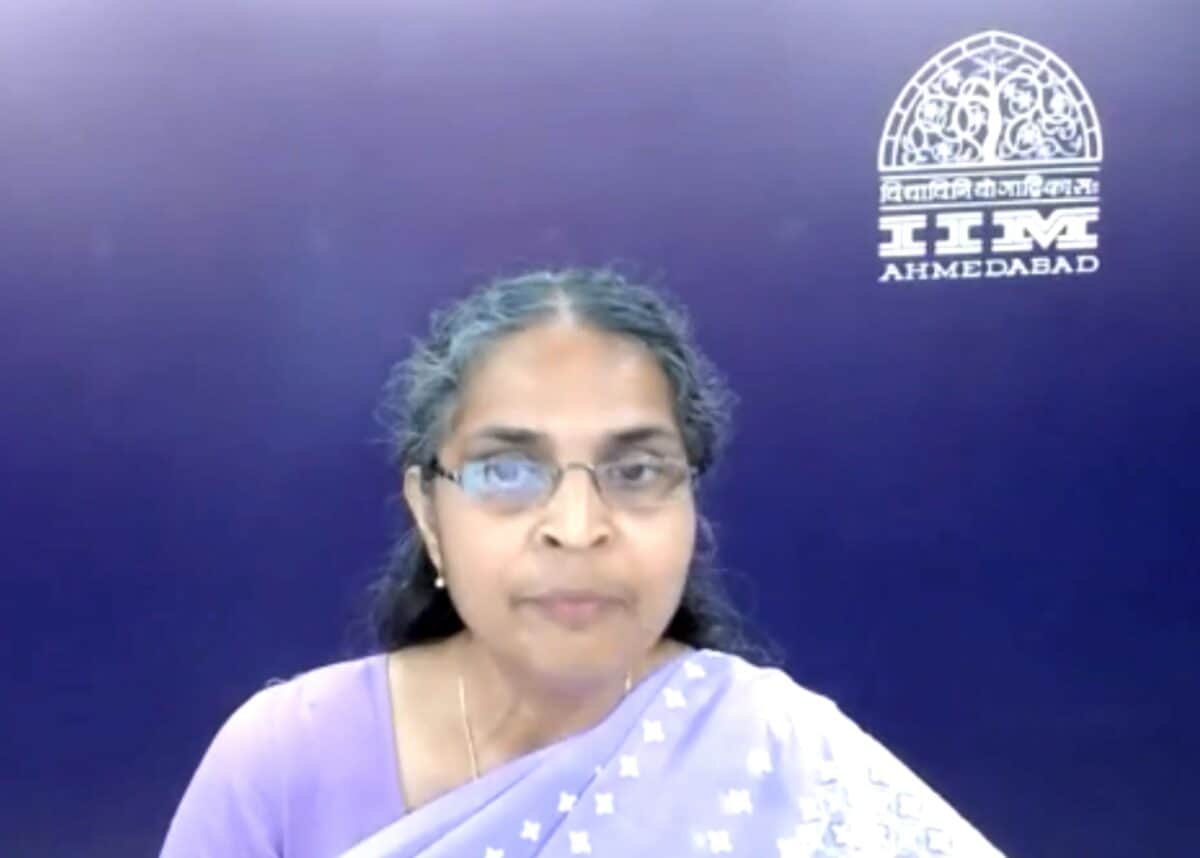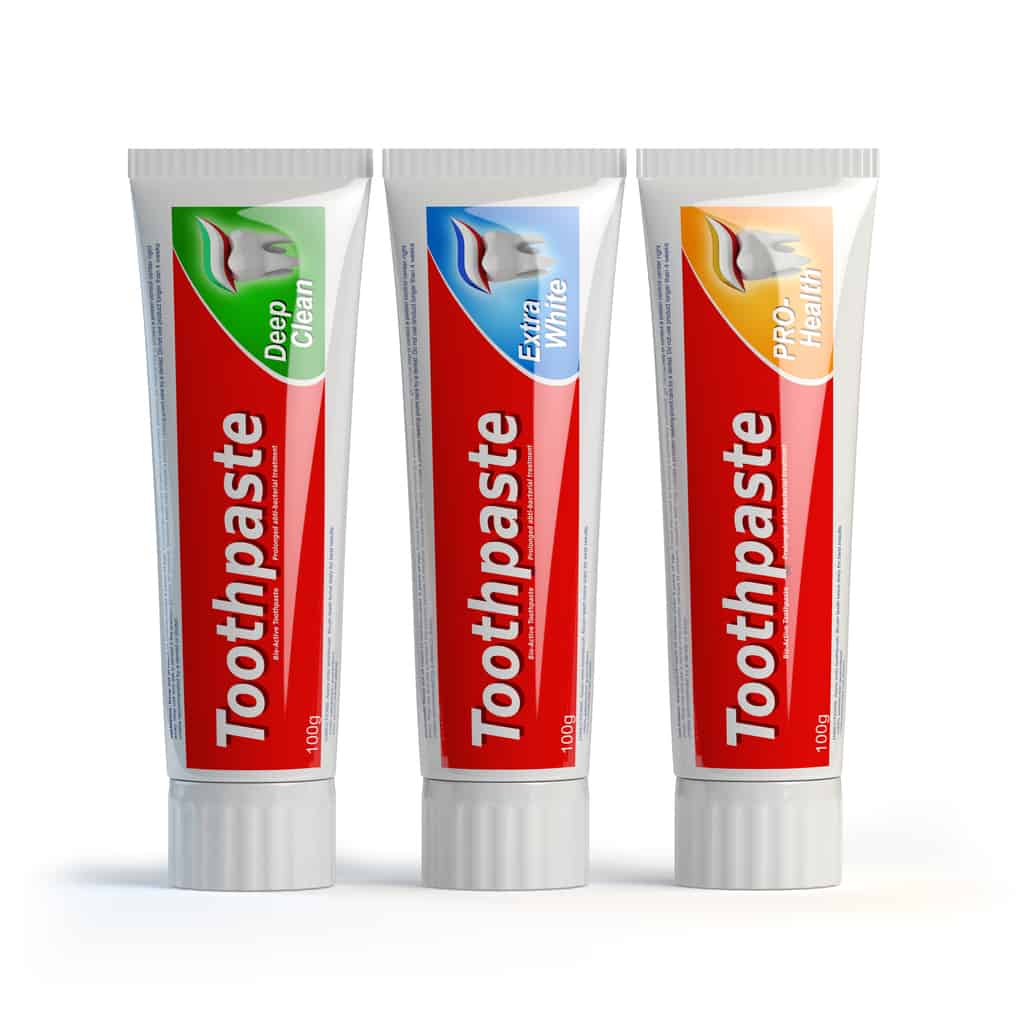The big occupational health and safety (OHS) news in Australia has been the New South Wales release of its Code of Practice for Managing Psychological Hazards at Work. This Code is not mandatory but is a very good indication of what the OHS regulators (and perhaps eventually the Courts) believe are reasonably practicable measures for employers and business owners to take. These measures are discussed in detail below.
Category: depression
Australia gets serious on psychological health at work
Below is an article written by Carlo Caponecchia and published originally on May 25 2021. Caponecchia is a leading figure in workplace psychological hazards and strategies. The article is reproduced with permission.
Employers are about to ramp up their efforts to protect mental health at work.
Last week, workplace health and safety (WHS) ministers from around Australia agreed to changes that will formalise what’s expected of employers in relation to mental health in Regulation.
These changes respond to a review of the model WHS laws by Marie Boland, former Executive director at Safework South Australia. The model WHS laws are a “blueprint” used since 2011 to make safety laws more consistent across the States and Territories.
Continue reading “Australia gets serious on psychological health at work”Stepping forward a bit, maybe
Last week the Australian Council of Trade Unions (ACTU) issued a media release describing the meeting of Work Health and Safety Ministers presenting a
“… huge step forward on mental health…”
The “step” is more walking on the spot than a step forward as the obligation to address psychological hazards in the workplace has existed in Australia for decades. It has just been ignored.
However, what caught my attention was this statement:
“Up to 45 per cent of mental health issues are attributable to work…..”
Non-military safety lessons from the latest Royal Commission (open access)
The Australian Broadcasting Corporation broadcast an episode of The Signal on April 21, 2021, which discussed the complexity of the culture of Australia’s military, and I strongly recommend you listen to it. It does make some points about culture worth contemplating in the context of one’s own workplace and profession.
The most useful point was that an established institution cannot have a uniform culture that meets the expectations of all relevant stakeholders. Generations take their culture with them. So those who started in the military in the 1980s and 1990s (and later) will bring the values and lessons of that time into their maturity and when they move into senior and leadership positions – positions that are intended to both preserve and progress the organisation’s culture. This will result in conflict between the expectations of new recruits and the realities of the established military executives. Not open revolt, but a dissatisfaction that may or may not result in leaving the organisation.
The topic used by The Signal to illustrate the extremes of the defence force members and stakeholders was mental health.
Continue reading “Non-military safety lessons from the latest Royal Commission (open access)”International perspective on bullying and harassment
In April 2021 the International Association on Workplace Bullying and Harassment conducted its 2002 conference online. The conference was enlightening for its inclusivity.
Many Western countries categorise work-related mental health as if they have minimal overlap. Workplace bullying is often seen as its own discipline with its own guidances, analyses and supporting industries. This can be convenient and has evolved from a reactive and often shallow response from Government.
This structure was acknowledged at the conference but many of the presentations ignored it and spoke about worker health, safety and welfare in the broadest terms.
The conference also balanced detailed local research with broad global contexts. This is the first of a series of articles based on presentations at the conference
Now there is too much mental health information, and it’s like toothpaste
Australia is experiencing a boom in occupational health and safety (OHS) information about work-related psychological harm, including sexual harassment at work. This level of information is long overdue, but a consequence of this “boom” is that employers can be very confused about which information to use and which source they should trust or even what relates to their specific circumstances, especially after years of denying there is a problem.
Putting on my consultant hat, I would advise any State-based organisation to comply with the OHS guidances issued by that State’s OHS regulator. If a national company, look towards the guidance of Comcare or Safe Work Australia for the national perspective. The challenge is greater for companies that operate in multiple States, but these have been rumoured to be less than 10% of Australian businesses. If multi-State, they should be big enough to have the resources for OHS compliance.
However, some State-based mental initiatives have evolved into a national platform.
Workplace wellbeing, mental health and cake
Recently Australians Jason van Schie and Joelle Mitchell released a podcast series called Psych Health and Safety focussing on psychological health and health promotion at work. Recently Carlo Caponecchia spoke on the podcast about mental health at work and the soon-to-be-released International Standard 45003 for managing psychosocial risks at work, a “child” of ISO45001 the occupational health and safety (OHS) management standard.
Caponecchia was asked to outline the statistics for workplace mental health in Australia. He stated that the official figures are that 9% of workers compensation claims related to mental health at work and that claims for this type of injury have increased substantially since the year 2000. However, he also added a caveat to those figures, a caveat that should apply to all official OHS statistics:






